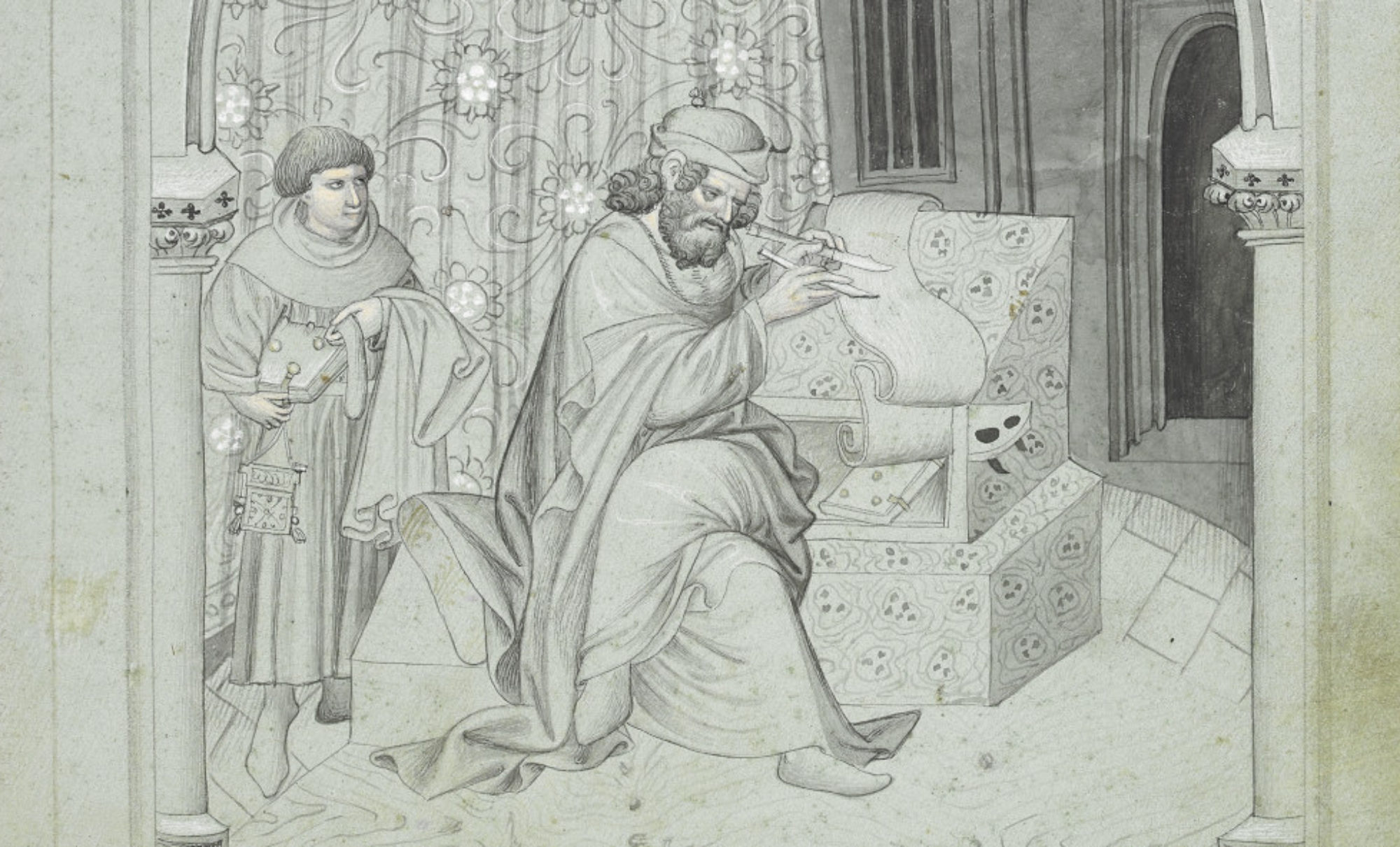Liturgical Canon for the Eighth Ecumenical Council of Florence
by John Plousiadenos (†1500)

Introductory Comment
From the perspective of John Plousiadenos, a Greek priest from the island of Crete who wrote this liturgical canon around the year 1464, the Fall of Constantinople in 1453 had hardly spelled an end to the union between the Eastern and Western Churches proclaimed at the Council of Florence in 1439. Not that the issue went without controversy: as he himself suggests in this text, the union of Florence remained controversial on his native island, which was at the time under Venetian control. Hence John’s effort, in composing this piece, to present the Council of Florence and the five doctrinal definitions contained in its decree as orthodox, ecumenical, and binding. He composed this liturgical canon for a prospective liturgical feast celebrating Florence, presumably set for July 6th (the day Florence published its definition). In a manuscript contained in the Barocci collection at the Bodleian in Oxford, we have 22 stanzas, then a prose “synaxarion” giving an overview of the council from a pro-union Greek perspective, followed by a final 14 stanzas. The verses of the canon give a poetical account of the doctrinal content of Florence, and the prose synaxarion gives us John’s obsessive preoccupation with the council’s principal critic, Mark of Ephesus, whom he held responsible for continuing controversy over the union.
A printed edition of this text can be found in Patrologia Graeca, vol. 159, col. 1095-1116. I have also consulted MS Barocci 145 from the Bodelian Library in Oxford, f. 275-279, to correct erroneous readings, fill lacunae, and inform the arrangement of the text.
For my translation, and the edition of the Greek that I used for my translation is available here.
Charles Yost
PhD in Medieval Studies
University of Notre Dame
